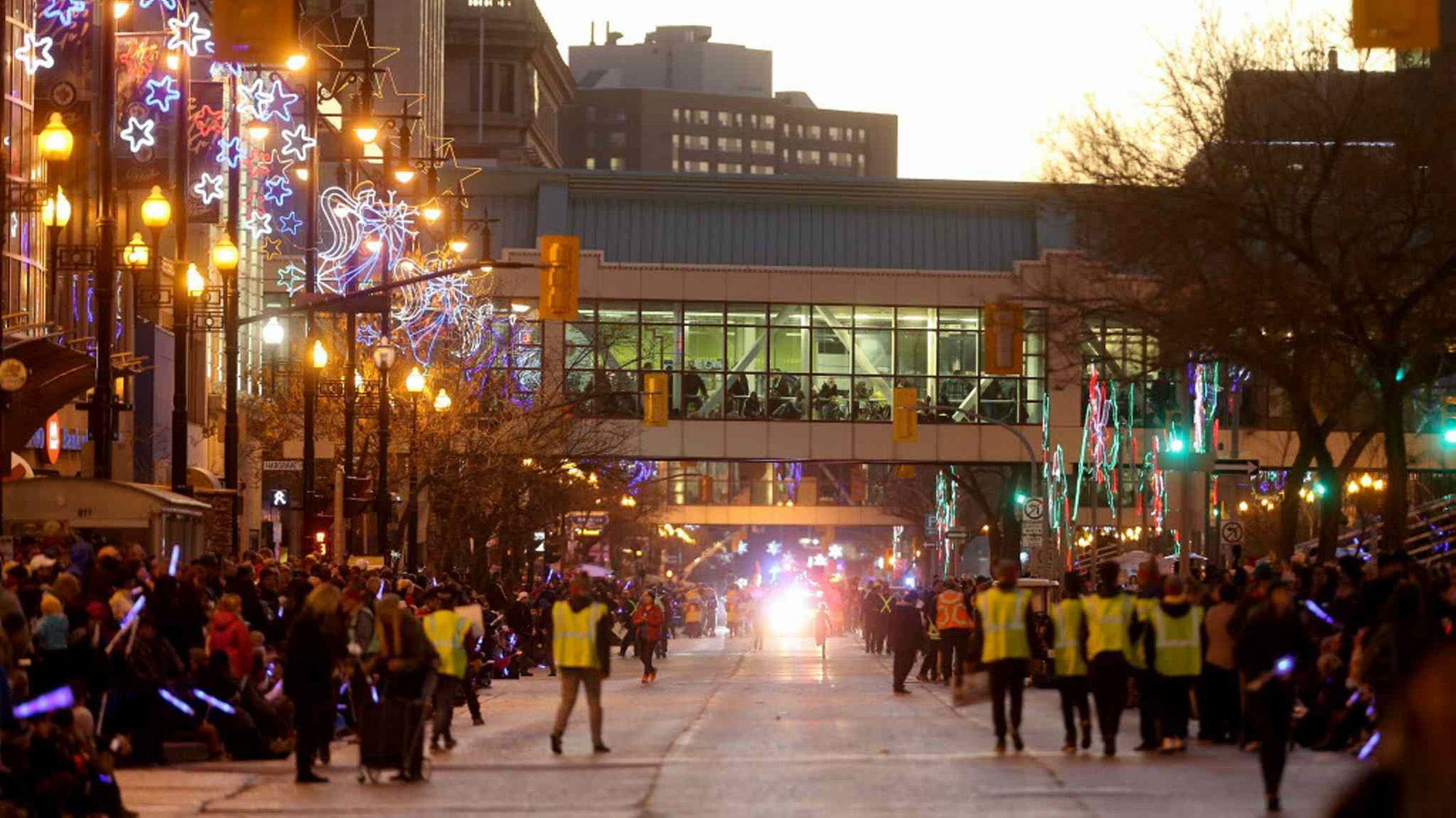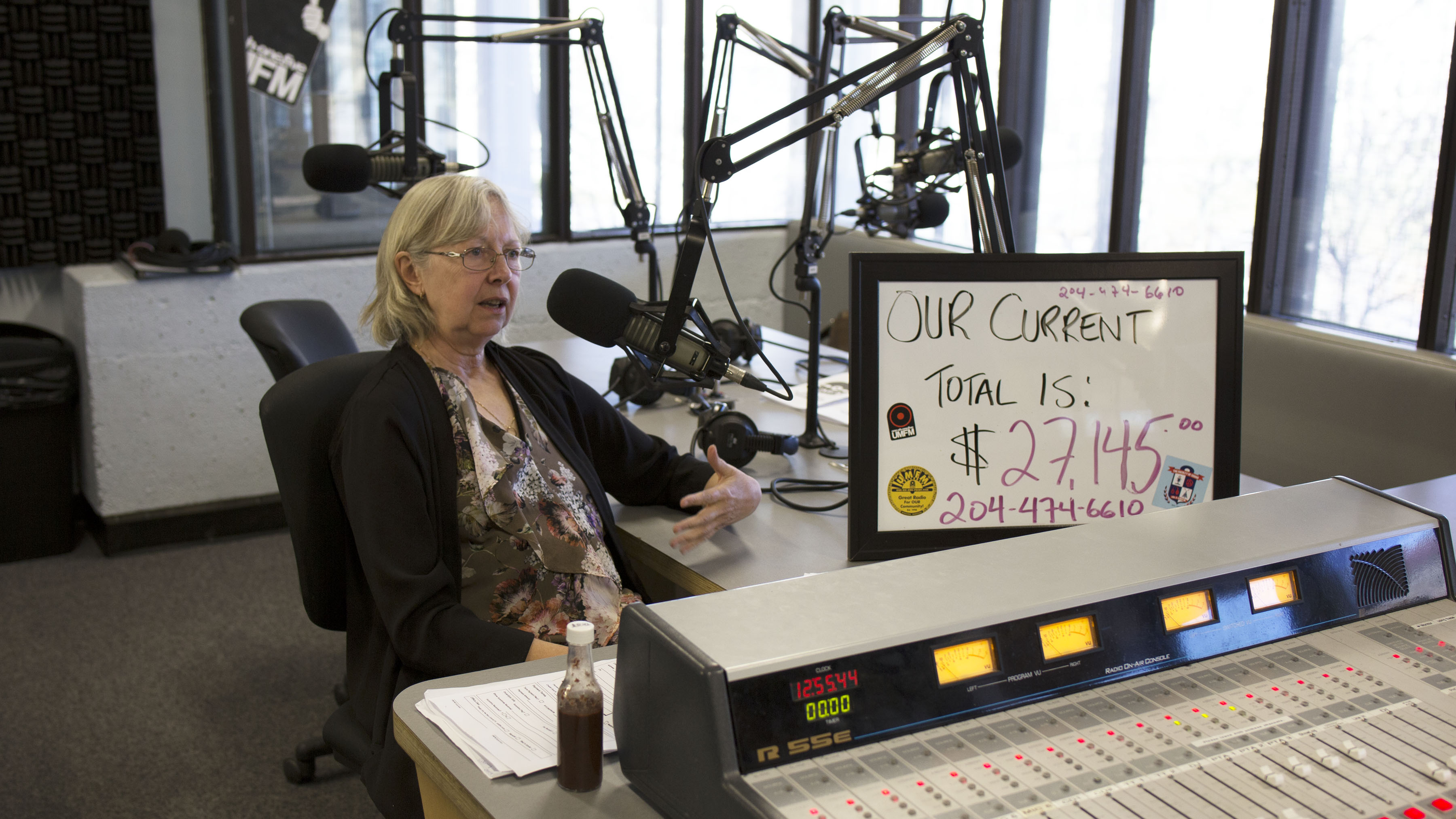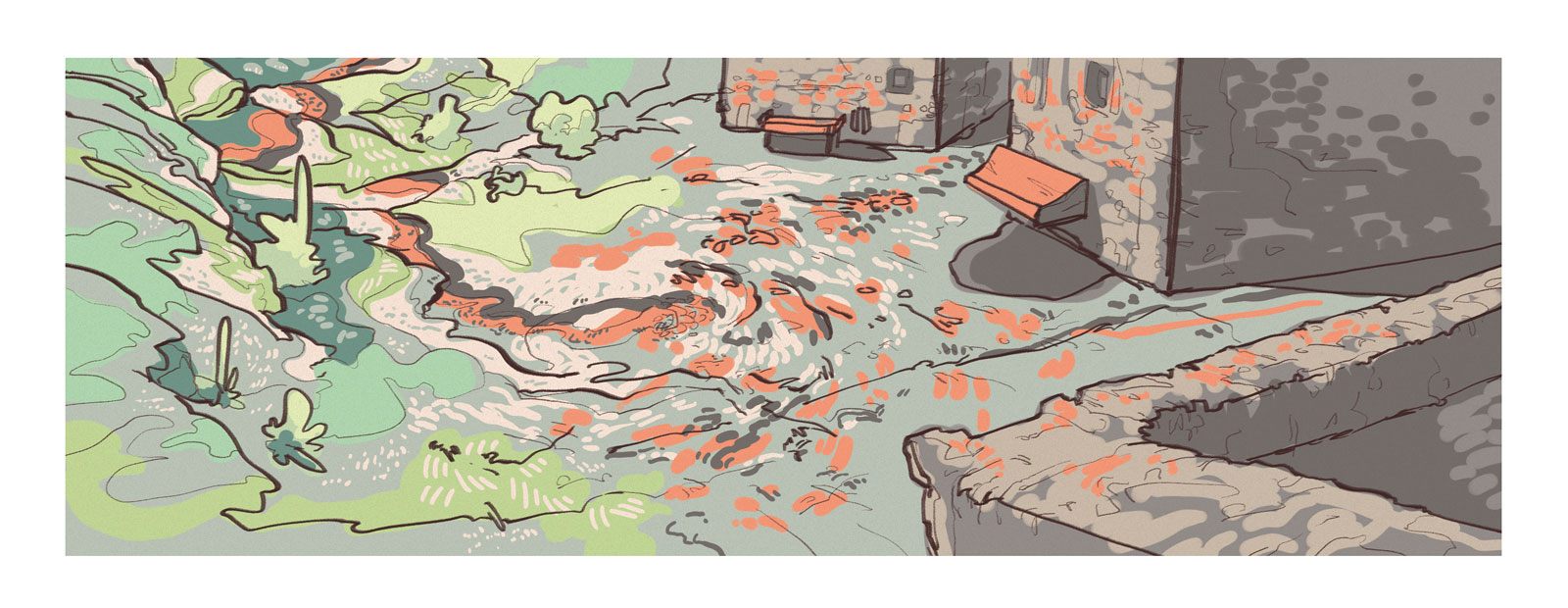Halloween is a time of year that is surrounded by darkness, fear and celebration. Witches, ghosts, bats and vampires are all popular images that symbolize this holiday. What began as an ancient Celtic festival has transformed dramatically over time and space, with our modern day North American Halloween looking very little like its archaic predecessor.
Early Halloween
Manifesting in a time when the spirit world held large significance and was the explanation for the unexplainable, it was believed that Oct. 31 was the time of year when the world of the living and the world of the dead overlapped the most. This meant that the dead would return to disturb those still living. Likely attributed to harvest time, changing seasons and winter preparations, this was definitely a transitional time of the year for everyone.
In order to ward off spirits of the dead, large fires were lit, masks were worn and bats were summoned — many of these traditions have remained to this day. The difference is, we are no longer collectively fearful of the living and dead worlds colliding. Most of us have never even seen a bat in real life, vampires are sexy idols and Halloween is now about partying.
Halloween for adults
It is perhaps one of the best partying days of the year, especially if the big day falls on a weekend. There are several reasons why partying on Halloween is such a good time. The main reason is costumes. Dressing up allows people to tap into their inner alter-egos, allowing people to express some of their deepest desires and set aside self-consciousness for one night.
If early Halloween rituals tapped into the collective fears of the time, a look at the current trend in “sexy” adult Halloween costumes could be interpreted as a manifestation of wide-scale sexual repression. Collectively, if this is how adults are choosing to express themselves, there are some serious issues here; but superficially, this certainly makes for a fun holiday.
Collective fears
On an even deeper level, costumes like “jailhouse hottie,” “playboy pirate” and “sexy ladybug” could actually signify our modern day deepest fears. Maybe sexuality is subconsciously one of our biggest cultural phobias and when we dress up for Halloween we are addressing that in a rather indirect way. It is the one night where we can feel free to truly express our sexualities without guilt or censure. In fact, it is encouraged. Add alcohol to this combination and this makes for a Halloween more memorable than the ones from childhood, when you could amass more candy than your little body could even process in a few short hours.
Trick or treating
Trick or treating actually emerged in North America when Irish immigrants brought the practice from Europe when they fled the potato famine. Young people would go door to door threatening to play a trick on home owners if they did not give them candy. Tricks usually involved damaging property, such as by tipping over outhouses. This is a long way from trick or treating’s European origins known as “souling.” Christians would go from door to door offering prayers for dead people in exchange for “soulcakes” that were made with bread and currants.
It is interesting to imagine that the contemporary version of trick or treating, as we know it, really emerged from a threat to cause property damage. At one point, police even issued warnings that property crimes would not be tolerated on Halloween night. It is even at the point now where people giving out candy joke that they are the ones who may opt to do a trick instead of giving out a treat.
Gate Night
Perhaps it is as a response to the crack down on Halloween mischief that Gate Night emerged. On Oct. 30 it is common for teenagers commit a range of mischievous but harmless pranks. Commonly known as Gate Night but alternately called Devil’s Night, many stores refuse to sell eggs to young people that night. This is because egging houses and schools is a common practice the night before Halloween, as is spreading toilet paper around trees, and ringing doorbells and running away.
Yes, it seems as though Halloween is a strong tradition that has perhaps gained strength with its ability to adapt across time and geographical space. It is still a time where collective fears are more apparent than usual, but has also taken on an air of indulgence, deviating from its original roots.




